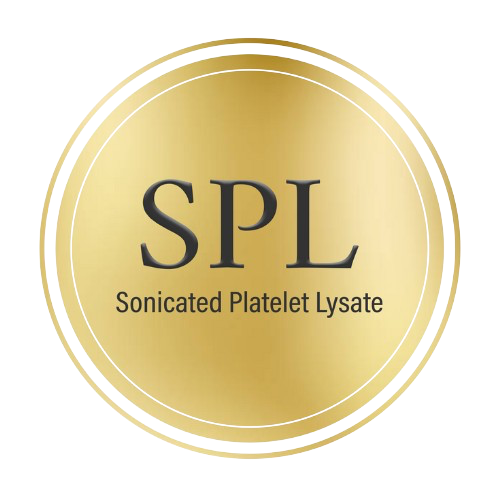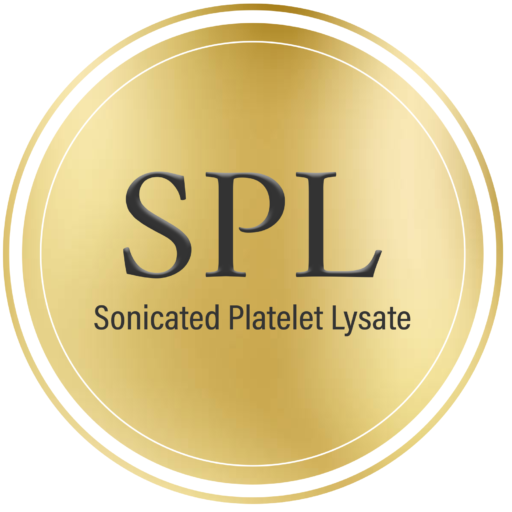
Sonicated Platelet Lysate (SPL) in Aesthetics: Cellular and Molecular Mechanisms of Action
In aesthetic medicine, SPL therapy has become an important tool through its positive effects on skin rejuvenation. Concurrently, or as a free-standing recommendation, it is often used to improve the appearance of acne scars . Good results are also reported when using SPL for atrophic, keloidal, or hypertrophic scars of different etiologies .
In older, sun-damaged skin, a decrease in elastin is noticed, with disorganized, fragmented elastin fibers, reduced fibroblast activity, and a low capacity for synthesizing type I procollagen . SPL therapy improves skin quality and reverses this natural aging process through the proliferation of fibroblasts and the up-regulation of MMP expression, with stimulation of collagen synthesis and remodeling of the extracellular matrix . A noteworthy mechanism of SPL therapy in rejuvenation is the stimulation of intracellular antioxidant enzymes that counteract the oxidative stress secondary to UV exposure .
Fibroblasts are key factor cells in rejuvenation and scarring due to their intercellular interactions, mainly with keratinocytes and endothelial cells, and due to their ability to produce extracellular matrix proteins and cytokines. SPL therapy influences fibroblast proliferation in a dose-dependent manner. The activation of fibroblasts is achieved mainly through TGF-β and FGF. TGF-β1 enhances the production of type I collagen and decreases collagen disintegration. Increased MMP-1 and MMP-2 fibroblast expression determines the removal of fragmented fibrils and a proper remodeling of the extracellular matrix. The trauma caused by injecting SPL also contributes to a positive outcome through the effects of the therapy on wound healing. Similarly, the inadequate healing process of hypertrophic scars with insufficient degradation of the extracellular matrix, increased type III collagen, and decreased type I collagen is reversed.

